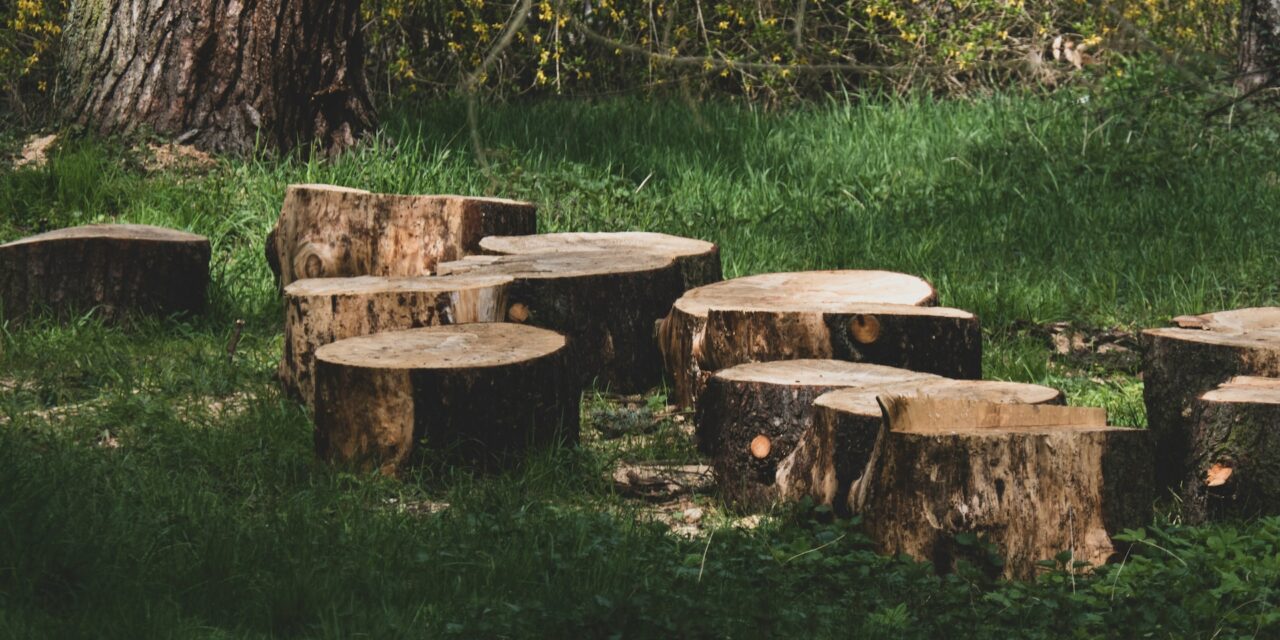Grove of Patriarchs
How many trees were felled for the making of this place?
And where did they come from?
Some came, surely from not so far away
rooted and raised in the Northwest rain
they knew this land well
its culture and climate
its soil and soul.
Some came from further afield
(or further aforest)
brought here by mighty ships
on mightier swells
bringing the beauty and sins of distant lands
to this home where they came to live and love.
What did the trees look like before they came?
Some had a strength and sturdiness
that came with great age
which they gave to fortify the place,
now mighty beams lifting ceiling and sight
to Things Above.
Some came diseased, deadened, warped
and found in the giving of themselves to the place
that they now had a place.
Some came too rigid
and were softened, bent,
and in their bending they became
instruments for stringed songs
violins, guitars, cellos, violas and basses
from them rose a resonance
a beauty not possible before their bending
a freedom not imagined before giving themselves up.
How many trees were felled for the making of this place?
On the sanctuary ceiling are rows of
planks upon planks upon planks
easy to overlook or to take for granted
and yet if just one was missing
everyone would notice the gaping gap
and the place would feel forever incomplete.
Trees that are now pulpit, font, table
handed themselves over to careful carving
the chipping away, that something
always seen in them
that they could not see in themselves
might be revealed and discovered,
and in the beauty unveiled in the carving,
these containers of the Holy
point to the beauty of the plain elements they hold
bread and cup, water, an old book
a heavenly feast, spring of eternal life, the Word made flesh.
How many trees were felled for the making of this place?
Many trees, and only one tree
that cursed tree
that sits in the center of the place
where the Carpenter gave his life for the forest
in their surrender to the Carpenter killed on the tree
together they have made
and are making and
are being made by this place
felled trees now trees of the field
clapping their hands in joy
planted by streams of water
in giving their lives up
to the place, to the Lord of the place
they have been found
in their dying, here at last, they live.
Psalm 98
Deathly silence in the muted snow
gently broken, at long last
by the almost unnoticed trickle
of the stream slowly swelling soon
to become mighty roar of river,
rousing long dormant beasts
from their seasonal slumber
and the lengthening light
drawing up even through icy ground
lilies of the field from dark earth now
growing, gazing heavenward
until, in time, the whole landscape
bursts with buzzing bees and brilliant colors,
birds flitting in free-falling flight.
This same song happens every spring
yet is somehow always new
and if this glory happens annually
at the mere return of the sun
what glory unimaginable may come
on that day
when the Son of Righteousness dawns
the clouds rolled back as a scroll
as the King descends
and our faith is, at long last, made sight?
Awake, O sleeper!
Rise from the dead.
Christ will shine on you.
Artist’s Statement
Writing–and writing poetry in particular–is, for me, a spiritual practice. Flannery O’Connor’s insight, “I write to discover what I know,” resonates with me deeply. It is a spiritual practice that is both discipline and response. “Grove of Patriarchs” (the title taken from that old growth forest in Mount Rainier National Park) is more of the latter. Sometimes out of the blue I will have a phrase come to me. During my sabbatical, I was thinking and reflecting about the church I pastor and envisioning its sanctuary, and the many different people filling it, and the people unknown to me who filled it even before I was born, and I was given the phrase “How many trees were felled for the making of this place?” Taking that, I began to write as a response to what I’d been given, and to work through what it might mean.
If “Grove of Patriarchs” is an example of writing as a response, the poem on Psalm 98 is more of an example of writing poetry as a discipline. I had a homiletics professor who advised that, as preachers, rather than following our own set formula, we ought to try to follow the genre or form of the text we’re preaching on in our sermon. That’s not to say that a sermon on a narrative should necessarily be a story, but it should have some sort of narrative arc. Similarly, a sermon on poetry should not get too prosaic. So, in preparation for a sermon series I was going to do on the Psalms, I challenged myself to write a poem on every Psalm to engage them as a poet, rather than a systematic theologian. The more I did it, the more freely the poems began to flow, and “Psalm 98” is one of those entries.
Cover photo credit: Artur Luczka


